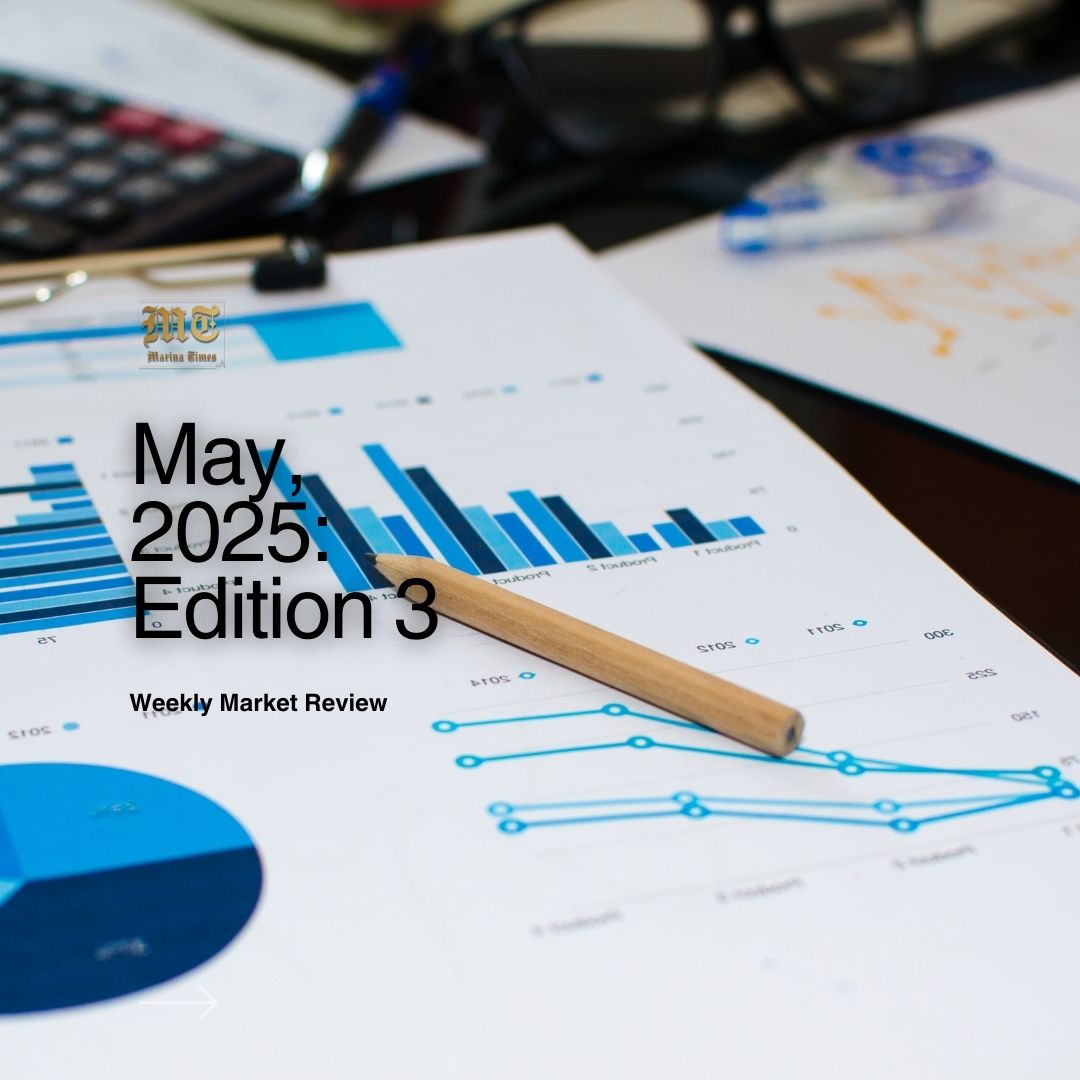

As the Central Bank of Nigeria’s Monetary Policy Committee (MPC) convenes for its historic 300th meeting today, financial market participants find themselves in a familiar yet uncomfortable state; part curious, part puzzled, and wholly uncertain. The question on everyone’s mind is straightforward, but the answer remains elusive: will the Committee hold its ground, raise rates further, or take a more conservative path?
Ahead of the meeting, the House of Representatives Committee on Economic Planning added its voice, stating that it is time to ease off the monetary tightening pedal. Speaking during an oversight session with the National Bureau of Statistics (NBS) last Wednesday, Committee Chairman Gboyega Nasiru delivered what was a polite economic intervention. His message to the apex bank was unmistakable: while persistent rate hikes are well-intentioned, they are beginning to inflict collateral damage on the economy.
In the week under review, system liquidity improved, and the money market opened on Friday with a liquidity surplus of over ₦423.89 billion. Consequently, short-term borrowing rates saw an increase: with the Overnight (O/N) rate slightly rising to 26.96% from the previous week’s 26.95%, while the Open Repo Rate (OPR) was maintained at 26.50%. The Naira fluctuated between a high of $/₦1,610.50 on Tuesday and a low of $/₦1,595.00 on both Monday and Wednesday, closing at $/₦1,599.01 on Friday.
Since January 2023, the Monetary Policy Rate (MPR) has undergone a relentless ascent, from 16.50%% to a towering 27.50% as of May 2025. The Central Bank has, in effect, opted to fight inflation with a sledgehammer, hoping to crack a stubborn economic nut. But what if the problem is not simply inflation, but structural inefficiencies, energy shortfalls, FX scarcity, and a manufacturing base choked by rising input costs?
The House of Representatives Committee Chairman on Economic Planning rightly pointed out that monetary policy, while a powerful tool, is not a miracle switch as one cannot suppress inflation when the forces driving it are largely non-monetary. Today’s inflation in Nigeria is largely shaped by imported price pressures and the residual impact of fuel subsidy removal. By continuing to hike interest rates, the CBN risks strangling the fragile shoots of growth, especially in sectors like manufacturing, where access to credit is now both rare and quite expensive.
Unemployment, already worryingly high, could worsen if businesses are priced out of capital. Hence, Nasiru’s call for a more accommodative stance is not to signal a return to reckless liquidity, but to acknowledge that a one-dimensional policy approach will not fix a multidimensional problem.
The big question is whether the CBN will continue its hawkish dance or pivot to a more balanced tune.
At the last meeting in February, the MPC surprised markets by holding rates steady after an aggressive tightening cycle that had seen the Monetary Policy Rate (MPR) climb steeply from 16.50% in January 2023 to a hefty 27.50% by May 2025, after more than 5 successive hikes in about 18 months.
However, the pressure is different. With the House of Representatives openly urging the CBN to reconsider its strategy of repetitive rate hikes and explore other adjustments. Some analysts have speculated that the MPC may finally ease off the MPR and instead tweak parameters like the Standing Deposit Facility (SDF) or the Cash Reserve Ratio (CRR). These tools could offer the CBN some flexibility without sending the markets into a tailspin.
Indeed, the MPC seems to have cornered itself into a policy paradox, considering the fact that monetary tightening alone has done little to address FX volatility, high logistics costs, energy price shocks, or insecurity affecting agricultural output. If anything, sky-high interest rates have made credit virtually inaccessible for the private sector.
In light of this, a recalibration appears not only prudent, but necessary. Lowering the SDF rate could discourage banks from keeping cash with the CBN, compelling them to lend more to the public, while adjusting the CRR might free up liquidity to support growth without undermining the anti-inflation fight. Such moves would signal a maturing of monetary policy strategy, a proof that the CBN is willing to use its full policy toolkit rather than hammering the economy with one instrument.
As the MPC’s 300th meeting unfolds, all eyes will be on Governor Olayemi Cardoso and his team. Will they signal flexibility and foresight, or revert to aggressive hawkishness? Whatever the outcome, this is more than just a policy meeting; it is a test of vision and the resolve to confront complexity with courage.
Going by the inflation data that was released, in December 2024, inflation in Nigeria surged to a record high of 34.80%. Responding jointly, the Central Bank and the National Bureau of Statistics responded with a statistical rebasing of the Consumer Price Index (CPI) in January. The result? Headline inflation appeared to take a dramatic dive, settling at 24.48% in January and easing further to 23.18% in February.
But in March, inflation reminded everyone that this is not a straight-line story. The figure nudged upward by 105 basis points to 24.23%, raising eyebrows and rattling any premature celebration. April saw another dip, with the index falling by 52 basis points to 23.71%.
Year-to-date shows a drop of 77 basis points. On paper, this looks like progress. But in reality, it is a far more complicated narrative, one that the Monetary Policy Committee (MPC) must now interpret with uncommon clarity and precision.
Much of the observed decline can be attributed to the base effect and the technical adjustments from the rebasing exercise, and partly a fundamental shift in inflationary pressures such as the decline in the cost of fuel and food items seen in recent times.
This places the MPC in a conundrum. Should they once again hold the Monetary Policy Rate (MPR) steady to assess whether inflation is genuinely moderating, or tighten a bit more to prevent a resurgence? With the House of Representatives already urging a rethink of the tightening cycle, and market participants closely watching for signs of a change, this meeting could be a turning point.
Although the headline figures may suggest that inflation is ‘cooling,’ the economic reality tells another story. For households, the cost of living remains punishing. For businesses, high input costs and borrowing rates continue to squeeze margins.
So, what does this mean for the Nigerian financial markets? With both political voices and market analysts nudging the CBN to reconsider its strategy, if the MPC tweaks the Cash Reserve Ratio (CRR) or Standing Deposit Facility (SDF) instead of raising the MPR again, it would suggest a pragmatic shift; one that acknowledges evolving ground realities while avoiding policy overkill.
The expectation that the MPC could revisit the SDF, which is essentially how much banks earn for parking funds with the CBN, could gently encourage lending without opening the floodgates of inflation.
For banks and fixed-income traders, that subtle shift could change how portfolios are balanced and risk pricing. For investors, this means inflation-linked strategies must remain cautious.
Hiking rates further might attract short-term foreign interest in Naira assets, but at what cost to domestic growth?
On the global stage, oil prices have begun to show signs of life again, rising steadily on the back of tightening OPEC+ policies and renewed geopolitical friction in key producing regions. Brent crude, Nigeria’s fiscal lifeline, appears to be in a cautious rally. For an oil-dependent economy, this is one signal worth watching closely.
If oil prices continue to climb, we may see some relief in the country’s external reserves and a slightly stronger footing for the Naira. This could give the Central Bank of Nigeria (CBN) more latitude in managing currency pressures.
Meanwhile, the cryptocurrency market is staging a quiet comeback. Bitcoin and Ethereum have both posted respectable gains, supported by a softening in Western monetary policy expectations and renewed institutional interest.
“How can I survive?”
Will interest rates rise? The big question... Cost of living is high! A common man, a small business, is just trying to cope! This uncertainty only creates anxiety amongst us! A rising wave of depression greets us each day... sleepless nights with barraging thoughts — "how can I pay my bills?", “how much is coming in?” Expenses exceed income! Anxiety, depression creeps in! We look for an escape — sometimes suicidal thoughts for the weak ones. But the strong ones still toss and turn into sleep, looking towards a higher power to keep them sane. Yes, SANE. Yet they still ask the same question: “How can I survive?”- Lifepointers by Sandra Akuoma Aghaizu.